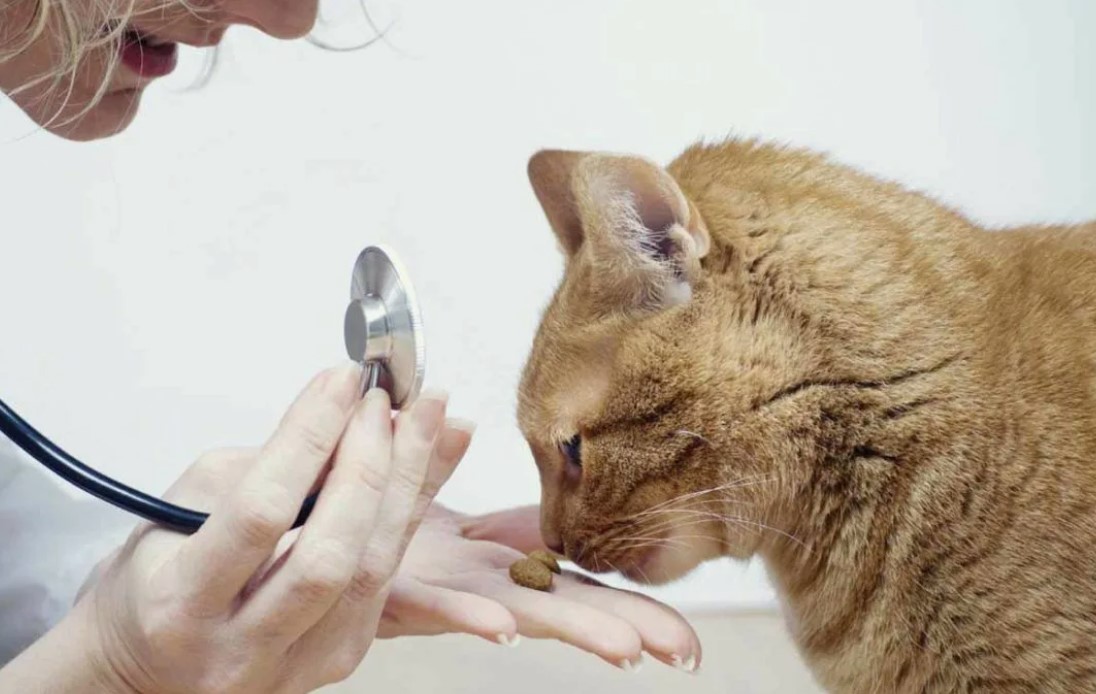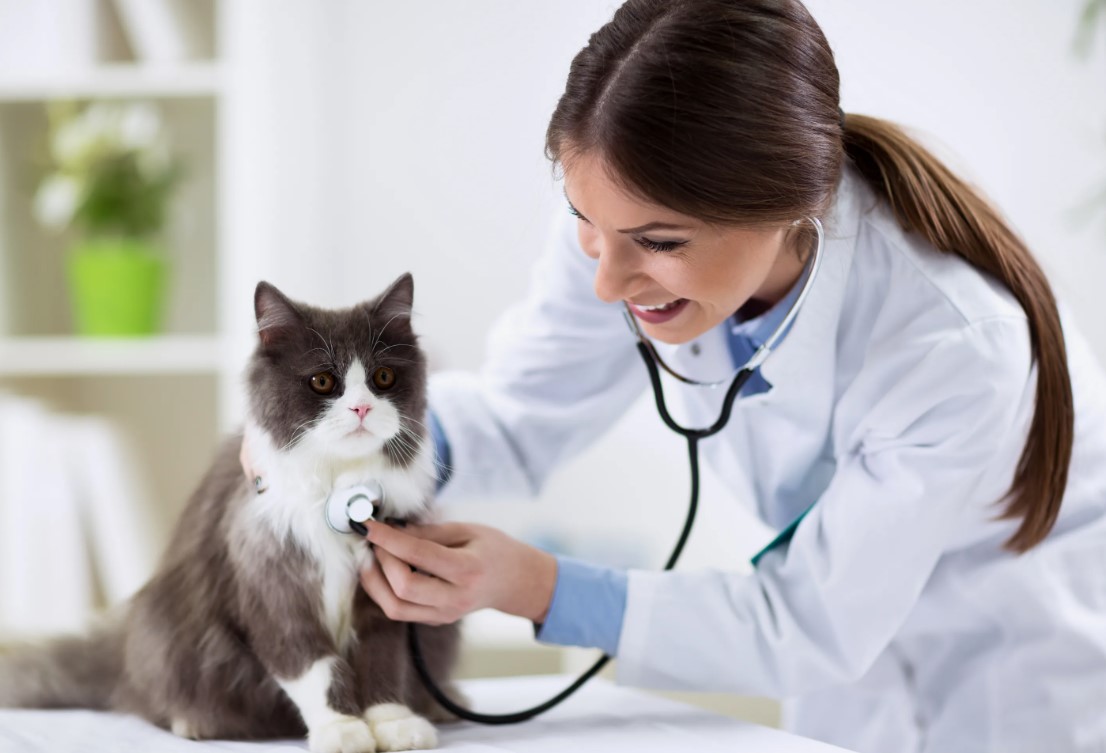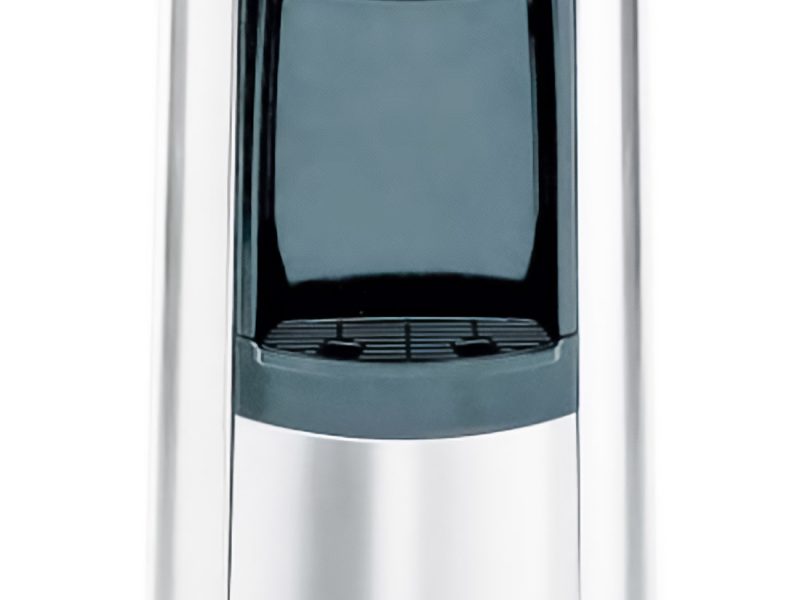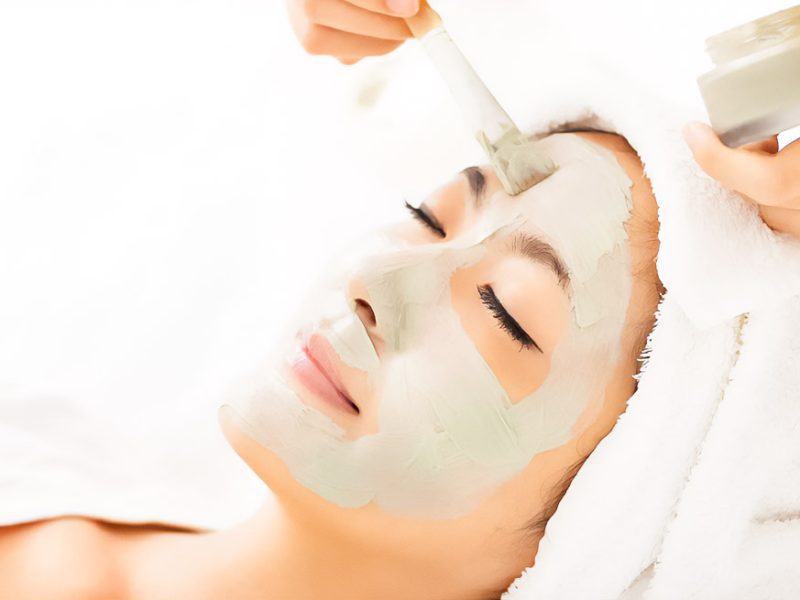Cat sterilization is a widely recommended procedure for responsible pet ownership. By preventing unwanted pregnancies and reducing health risks, sterilization contributes to the well-being of both the pet and society. Clinics like The Ark Animal Clinic play a crucial role in providing expert sterilization services that ensure your cat’s safety and long-term health. In this detailed guide, we will explore every aspect of cat sterilization, from its importance to the procedure itself, and from post-operative care to the broader implications for public health and animal welfare. Understanding this process will help pet owners make informed decisions for their feline companions.
What is Cat Sterilization?
Sterilization is a surgical procedure where the fallopian tubes of a female cat are tied to create a mechanical barrier, preventing the release of eggs and ultimately making the cat infertile. Unlike spaying, where the ovaries and uterus are completely removed, sterilization leaves the sex glands intact. These glands continue to produce hormones, which means that while the cat cannot reproduce, some hormonal behaviors may remain temporarily after the procedure.
Sterilization, however, does not just prevent reproduction. It provides significant health benefits and behavior modifications, ensuring a longer and healthier life for your cat. While sterilization is often associated with females, it is also essential to note that neutering, the removal of testicles in male cats, offers parallel benefits and is equally important in population control.
Optimal Age for Sterilization
Veterinarians generally recommend sterilizing a cat at the onset of puberty, which is around 6-7 months of age for most breeds. Larger breeds, such as Maine Coons, might reach sexual maturity slightly later, so the timing could differ. Early sterilization, before the cat experiences its first heat cycle, offers the best health outcomes and prevents any complications related to hormonal fluctuations.
However, every cat is unique, and the exact timing for sterilization should be determined in consultation with a qualified veterinarian. Factors such as the cat’s breed, living conditions, overall health, and development stage can all influence the decision.
Why is Sterilization Important?
The importance of sterilizing cats cannot be overstated. The benefits are extensive, impacting not only the health of the individual animal but also addressing larger societal concerns, such as overpopulation and the well-being of stray animals. Here are the key reasons why cat sterilization is crucial:

1. Reduction of Homeless Cats
One of the most significant advantages of cat sterilization is the prevention of unwanted litters. Many cats are allowed to roam freely, leading to unintended pregnancies and contributing to the already overwhelming population of homeless cats. Stray and feral cats often suffer from malnutrition, disease, and injury, and many end up in shelters where euthanasia rates can be high.
By sterilizing your cat, you are actively helping to reduce the number of homeless cats. This is not only a personal responsibility but a moral imperative for anyone who cares about animal welfare. The fewer unwanted kittens born, the fewer cats will suffer on the streets or in overcrowded shelters.
2. Improved Health and Longevity
Sterilization has a direct impact on your cat’s health. Sterilized cats are far less likely to develop diseases related to their reproductive system. For example, sterilization significantly reduces the risk of ovarian and uterine cancer, and spaying completely eliminates these risks. It also prevents pyometra, a dangerous uterine infection that can be fatal if left untreated.
In addition, sterilized cats tend to avoid certain types of cancers and infections that are commonly seen in unsterilized cats. For example, they are less likely to contract mammary gland tumors and infections of the reproductive tract. By reducing the risk of these diseases, you are ensuring your cat can live a longer, healthier life.
3. Calmer, More Predictable Behavior
Sterilized cats often display calmer and more predictable behavior. The hormonal fluctuations that drive territorial marking, loud meowing during heat cycles, and the restless desire to wander in search of a mate are significantly reduced or eliminated altogether.
Female cats in heat can be extremely vocal, restless, and even aggressive, often causing stress for both the cat and its owners. They may also spray urine to mark territory. After sterilization, these behaviors typically disappear, leading to a more relaxed and comfortable household.
4. Injury Prevention and Safety
Unsterilized cats, especially males, are more likely to roam far from home in search of a mate. This increases the risk of injury, as roaming cats may encounter aggressive animals, get hit by cars, or contract diseases from other cats.
By sterilizing your cat, you reduce their desire to leave home, keeping them safer. Indoor cats, in particular, are less likely to engage in dangerous behaviors after sterilization. The procedure provides peace of mind to pet owners, knowing that their cat is less prone to injuries and accidents.
5. Economic Benefits
Sterilization may involve an upfront cost, but it is an investment that pays off in the long run. Cats that are not sterilized are more likely to develop health problems, such as infections, cancers, and injuries resulting from roaming and fights. These issues can lead to costly veterinary bills over time.
By preventing these problems through sterilization, owners can save money on medical expenses and reduce the need for ongoing treatments. The cost of sterilization is usually far less than the cumulative cost of treating various health problems that may arise from not sterilizing a pet.
The Sterilization Procedure: What to Expect
The sterilization of a cat is a safe and straightforward procedure when performed by a qualified veterinarian. Here’s a breakdown of the steps involved:
1. Pre-Operative Preparation
Before surgery, the veterinarian will perform a physical examination and may recommend certain tests to ensure the cat is healthy enough for the procedure. The cat should be free of chronic diseases, and any necessary vaccinations should be up to date. In the days leading up to the surgery, the veterinarian may also recommend deworming the cat.
On the day of the surgery, the cat must fast for 12 hours to prevent complications related to anesthesia. Water should be removed about five hours before the procedure.
2. Administration of Anesthesia
Before the surgery begins, the cat is given an anesthetic and sedative to calm them down and eliminate pain. General anesthesia is then administered, either through an injection or inhalation, which ensures the cat remains unconscious and pain-free throughout the procedure.
3. Preparing the Surgical Site
Once the cat is under anesthesia, the veterinarian carefully shaves the area where the incision will be made. The skin is cleaned and disinfected with antiseptic to minimize the risk of infection during the operation.
4. The Surgical Procedure
The veterinarian makes a small incision in the abdomen, through which the fallopian tubes are tied to prevent reproduction. Depending on the procedure, the ovaries and uterus may be left intact or removed. In some cases, removing the ovaries and uterus is preferred to completely eliminate the risk of certain diseases, such as ovarian cancer.
The procedure is performed with great care, and the veterinarian monitors the cat’s vital signs throughout to ensure their safety.
5. Suturing and Post-Operative Care
After the procedure is completed, the incision is closed with absorbable sutures. These stitches will dissolve naturally, so there is no need for a follow-up visit to remove them. The cat is then monitored as it wakes up from anesthesia to ensure a smooth and pain-free recovery.
Once the cat is awake and stable, it is returned to the owner, along with instructions for post-operative care.
Post-Operative Care: Ensuring a Speedy Recovery
After sterilization, your cat will need some extra care to ensure a quick recovery:
1. Monitoring and Rest
Your cat may be groggy for several hours after surgery. It is essential to provide a quiet, comfortable space for them to rest. Keep them warm and monitor them closely for any signs of discomfort or distress.
2. Suture Care
The sutures will typically heal within 7-10 days. During this time, it is crucial to prevent the cat from licking or scratching the incision site. Many veterinarians recommend a protective cone or a specialized post-surgical onesie to keep the cat from disturbing the sutures.
It is also important to clean the incision site regularly with a veterinarian-recommended antiseptic, such as chlorhexidine, to prevent infection.
3. Diet and Nutrition
After sterilization, cats tend to become less active and may be more prone to weight gain. Adjusting their diet to account for their reduced activity levels is essential in maintaining a healthy weight. Many pet food brands offer special diets for sterilized cats that are formulated to meet their unique nutritional needs and help prevent obesity.
4. Behavioral Changes
Some cats may continue to exhibit hormonal behaviors, such as marking territory or vocalizing, for up to 2-3 weeks after the procedure. These behaviors should gradually diminish as the cat’s hormone levels stabilize. If the behaviors persist beyond a month, it is advisable to consult with a veterinarian.

Avoiding Common Health Problems Through Sterilization
Sterilization significantly reduces the risk of a variety of health problems in cats, including:
Pyometra
A life-threatening infection of the uterus that can occur in unspayed female cats.
Mammary Tumors
The risk of developing malignant mammary tumors is much lower in sterilized cats.
Ovarian and Uterine Cancers
By removing the ovaries and uterus, sterilization eliminates the risk of these cancers.
Leukemia and Other Infections
Sterilized cats are less likely to contract certain viral infections through mating.
Increasing Your Cat’s Lifespan
Sterilized cats tend to live longer than their unsterilized counterparts. On average, a sterilized cat lives 1.5 to 2 years longer. This increase in lifespan can be attributed to a combination of factors, including a reduced risk of diseases, fewer injuries from roaming, and an overall healthier and more stable lifestyle.
Where to Sterilize Your Cat
Choosing a reputable veterinary clinic is crucial for a successful sterilization procedure. In Dubai, The Ark Animal Clinic is a leading veterinary clinic that offers expert services in cat sterilization, among other pet care treatments. The Ark Animal Clinic is known for its compassionate care and professionalism, ensuring that your cat receives the best possible treatment. The clinic provides the sterilization procedure at an affordable cost of AED 333, making it accessible to pet owners throughout the city.
Conclusion
Cat sterilization is more than just a medical procedure—it is a responsible and compassionate choice that benefits both your pet and society as a whole. From preventing unwanted litters to reducing the risk of life-threatening diseases, sterilization is a vital step in ensuring your cat lives a long, healthy, and happy life.
By carefully preparing for the surgery, providing attentive post-operative care, and maintaining a balanced diet, you can ensure that your cat recovers quickly and enjoys the many benefits of sterilization. And with the expertise of clinics like The Ark Animal Clinic, you can have peace of mind knowing that your beloved pet is in good hands.
Sterilization is not only an investment in your cat’s health but also in their overall quality of life, offering a future filled with wellness, comfort, and contentment.

Fixie owner, self-starter, audiophile, Mad Men fan and storyteller. Working at the crossroads of beauty and computer science to create great work for living breathing human beings. Let’s chat.


